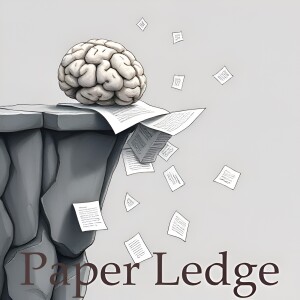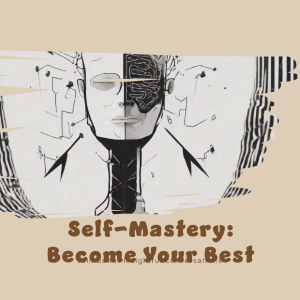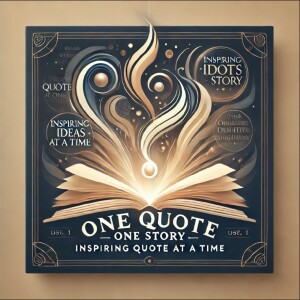

Computer Vision - OmniMotion-X Versatile Multimodal Whole-Body Motion Generation
Hey PaperLedge crew, Ernis here, ready to dive into some seriously cool research! Today, we're talking about bringing virtual characters to life with a new system called OmniMotion-X. Think of it like a super-powered puppet master for digital avatars.
Now, you know how sometimes you see a video game character's movements look a little...off? Or how a virtual dancer's moves don't quite sync with the music? Well, this paper tackles that head-on. The researchers have built a system that can generate realistic and coordinated whole-body movements based on all sorts of inputs.
Imagine this: you type in "a person happily skipping through a park," and OmniMotion-X creates a believable animation of that. Or, you feed it a piece of music, and it generates a dance that perfectly matches the rhythm and mood. It can even create realistic gestures from spoken words. That's the power of multimodal motion generation!
The secret sauce here is something called an "autoregressive diffusion transformer." Don't worry about the jargon! Think of it like a really smart AI that can learn from existing motion data and then predict how a body should move in different situations. It's like learning to draw by studying existing drawings, but for human motion.
One of the coolest innovations is the use of reference motion. It's like giving the AI a starting point – a snippet of existing movement – to build upon. This helps ensure the generated motion is consistent, stylish, and flows naturally. It's like showing a painter a color swatch to make sure the whole painting has a consistent palette.
"OmniMotion-X significantly surpasses existing methods, demonstrating state-of-the-art performance across multiple multimodal tasks and enabling the interactive generation of realistic, coherent, and controllable long-duration motions."But how do you train an AI to handle so many different inputs (text, music, speech, etc.) without them clashing? The researchers came up with a clever "weak-to-strong" training strategy. It's like teaching someone to juggle by starting with one ball, then two, then three – gradually increasing the complexity.
Now, to train this AI, you need a lot of data. So, the researchers created OmniMoCap-X, which they claim is the largest unified multimodal motion dataset ever made! It's like combining all the dance tutorials, acting lessons, and sports recordings you can find into one massive library. They even used advanced AI (GPT-4o) to generate detailed descriptions of the motions, ensuring the AI really understands what's going on.
- Who cares?
- Game developers: Think more realistic and immersive characters.
- Animators: Imagine being able to quickly generate complex motions.
- Virtual Reality creators: Picture truly believable avatars that respond naturally.
The potential applications are huge! From more realistic video games to more expressive virtual assistants, OmniMotion-X could revolutionize how we interact with digital characters.
So, here are a couple of questions that jump to mind for me:
- Could this technology eventually be used to create personalized fitness programs based on individual movement patterns?
- What are the ethical implications of creating such realistic and controllable digital humans? Could it be used for deceptive purposes?
That's OmniMotion-X in a nutshell! A fascinating glimpse into the future of animation and virtual reality. Until next time, keep learning, PaperLedge crew!
Credit to Paper authors: Guowei Xu, Yuxuan Bian, Ailing Zeng, Mingyi Shi, Shaoli Huang, Wen Li, Lixin Duan, Qiang Xu
More Episodes
All Episodes>>Create Your Podcast In Minutes
- Full-featured podcast site
- Unlimited storage and bandwidth
- Comprehensive podcast stats
- Distribute to Apple Podcasts, Spotify, and more
- Make money with your podcast












